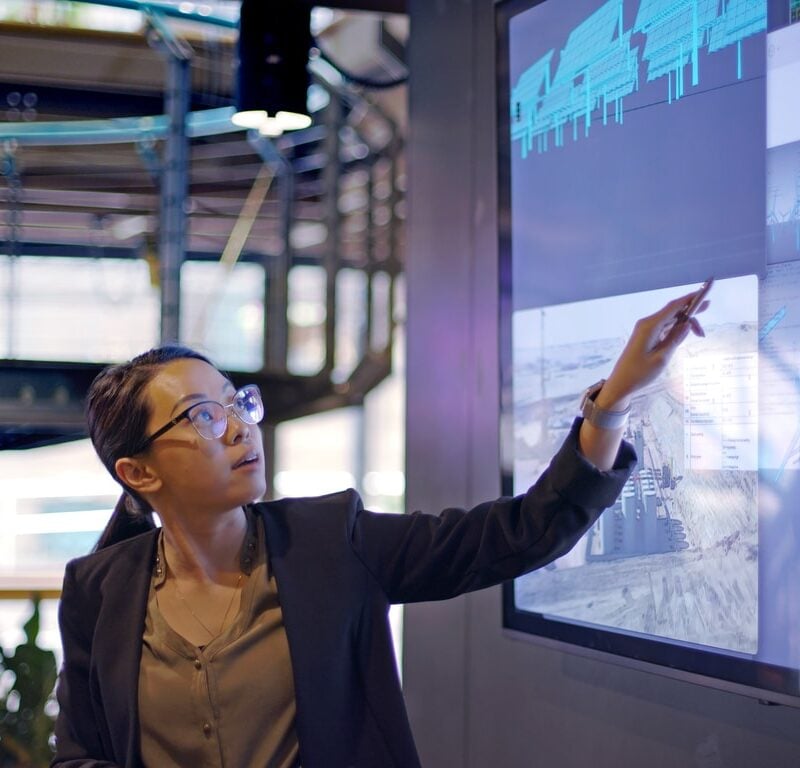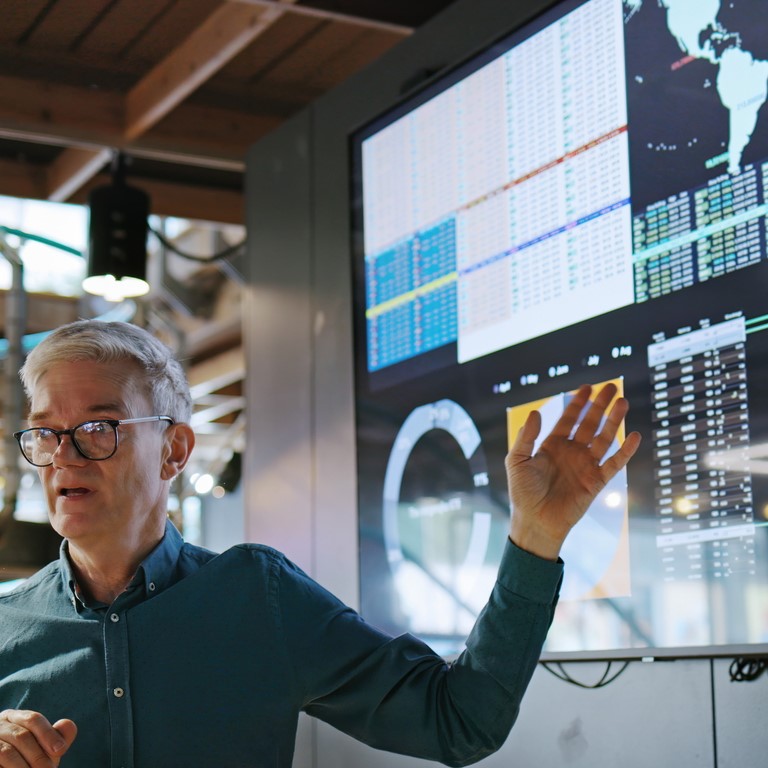Aspiring CIO: The 7 key skills required
The role of the Chief Information Officer (CIO) has quickly become one of the most integral parts of an organisation, and one which is increasingly having a voice at Board level. Once a role that was purely technology-focused – managing IT infrastructure, ensuringsystem reliability, and keeping the organisation’s technology running smoothly – CIOs now have […]












